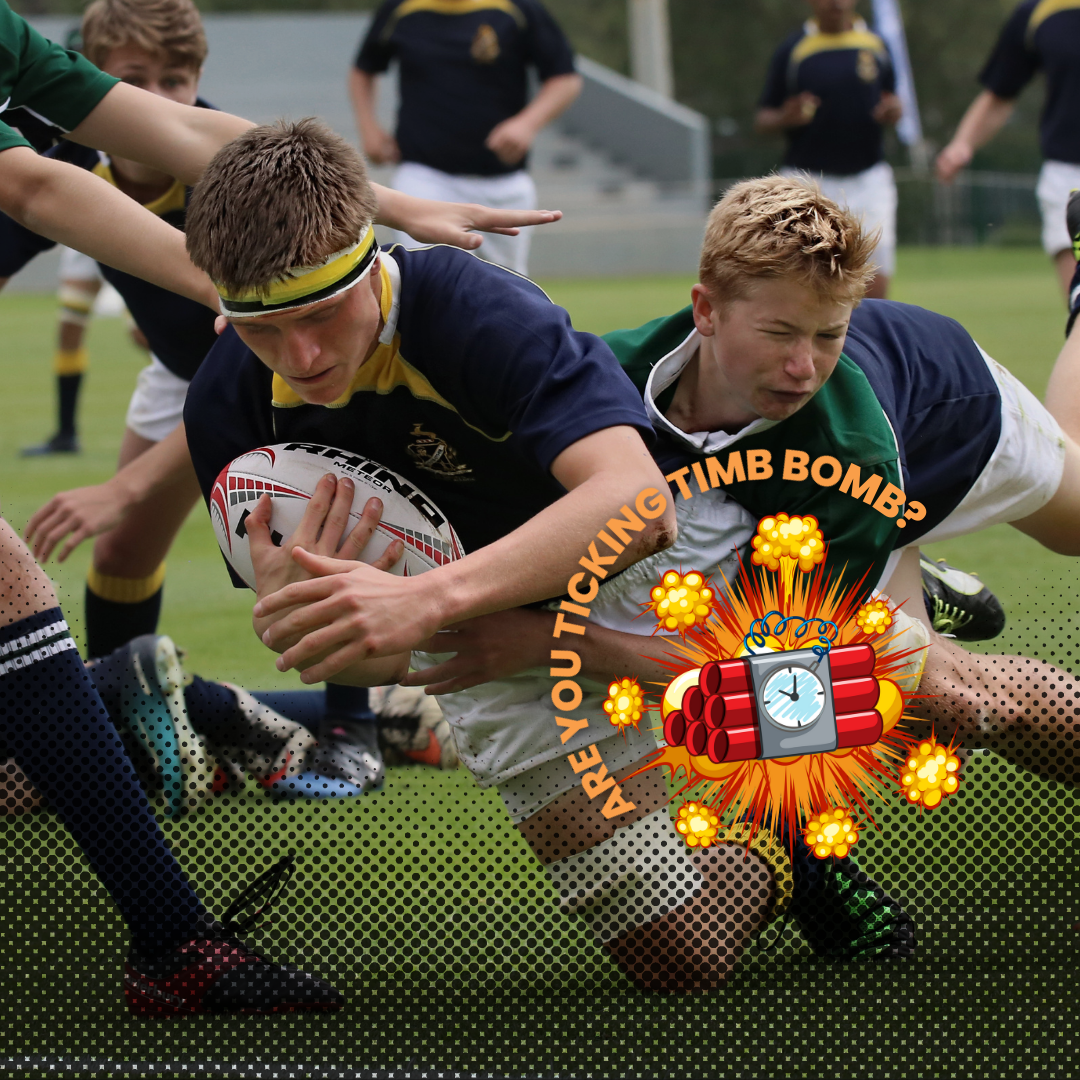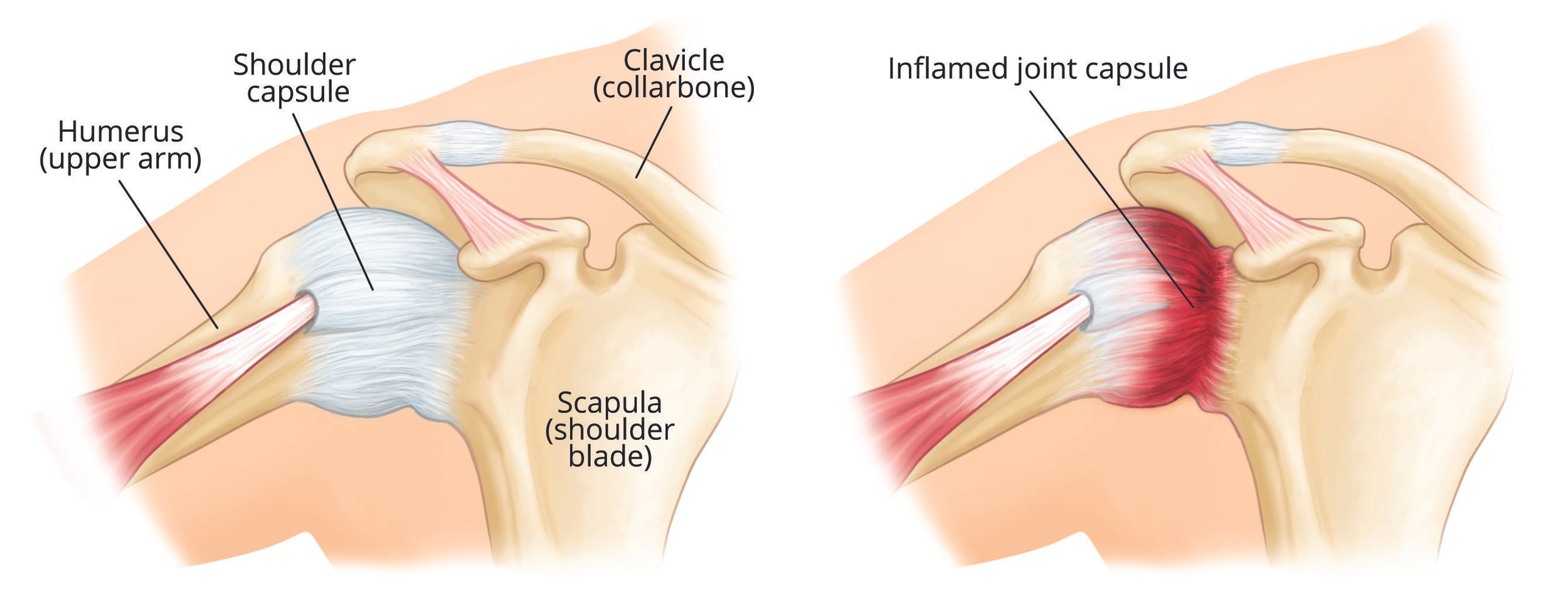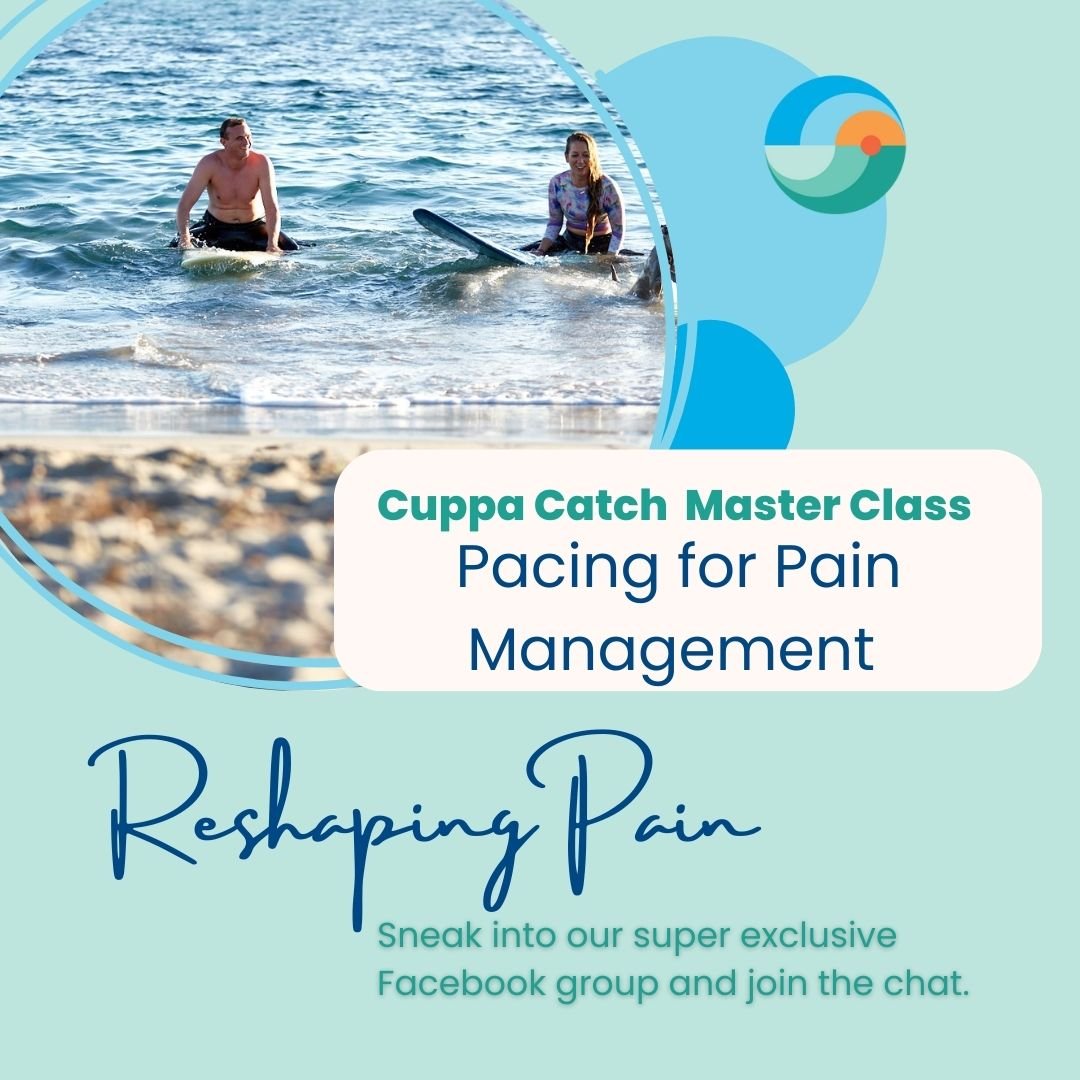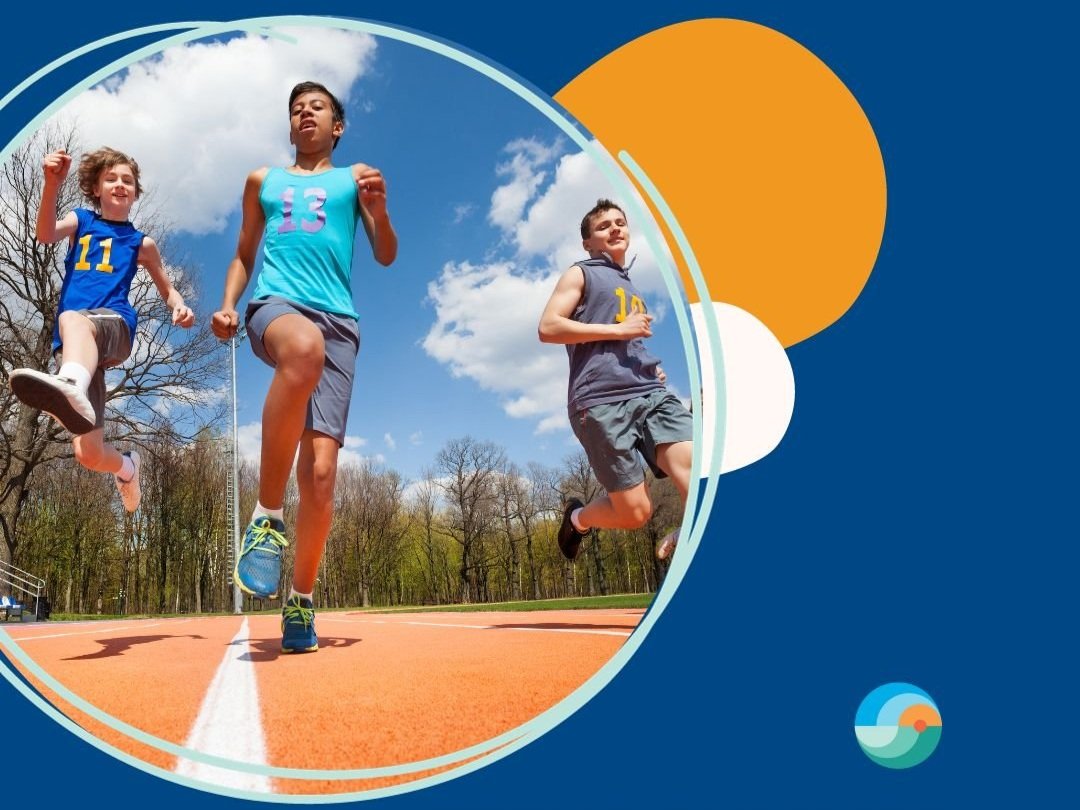Physiotherapy Sports Injury Prevention and rehabilitation, O’Connor (Fremantle area)
Injury prediction in sport
Are you a ticking time bomb?
Winter sport has started! Late night trainings, cold morning sessions, imminent rainy sessions inbound. What a wonderful time of year.
Like any great spectacle though, there are potential hazards that lurk behind the curtain. The much feared, ever-present threat of injury. Whether a mere two week set back, or a catastrophic season ending incident… injuries are maddening!!!
Whilst we would be remiss to not acknowledge the obvious murkiness that is injury prediction. We know that there are multiple factors that are commonly found amongst the majority of presentations. In this blog let us explore some of the more prevalent themes of injury prediction to see if you are in fact, a ticking time bomb.
What we cannot do prevent injury
Let’s put it out there, to be plain, some injuries are just bad luck. Someone running into your knee at a funny angle, slipping over on wet turf during the warmup. We cannot prevent these entirely and for the most part cannot predict them. And even if we do identify key areas or factors to work on and improve, injuries are simply far too complex to prevent entirely.
The numerous facets of sports injury
We will start by categorizing injury factors into 3 sections: sporting, lifestyle, and adolescent specific. In each section we will discuss some common factors we see and then further on discuss what we can do about it, and WHO can do these interventions.
1) Sporting
When we think about injury and injury prediction, the sporting factors are definitely the ones that come to mind. A big one here is ‘load’, by load we mean, the amount of strain your body has endured in recency. Seeing spikes in load, or sudden drop offs in loads are both predictive for injury and should be avoided.
Haven’t run in over a year then decide to run a half marathon?
Probably a pretty big injury chance from that spike!! Muscle weakness is also a predictor for injury, which is fairly intuitive, but it does not predict injury as much as one would think. There are however, undoubtedly muscles which in particular actions, if weak, are strongly associated with injury risk (calves and running, hamstrings and sprinting, are two good examples).
We also use a term called ‘training age’, which basically means how long have you been competing or training at that particular intensity at that particular sport. A higher training age is generally predictive of lower injury risk… makes sense. Without a doubt however, the biggest sporting factor for injury risk is, previous injury within the last 18 months! So, to put it very plain, if you have had an injury in the last 18 months, you should 100% be getting yourself checked out by a physiotherapist for a rigorous return to sport assessment, especially if you maybe didn’t have the most diligent rehabilitation!
2) Lifestyle
Firstly, probably a bit of an obvious one, increased weight. The heavier you are, the more of you there is to move, the more of you there is to stop, generally it makes sport a bit harder. Additionally, fat tissue is pro-inflammatory and can create a more inflammatory environment in your body. This inflammation disrupts normal processes and response in the body to exercise and recovery, which can make you more prone to injury.
Some other lifestyle factors are perhaps a little less obvious but have a profound effect on injury. Stress, sleep, and overall wellbeing are all key factors which directly correlate with your body’s ability to deal with load and its ability to recover to allow appropriate adaptation. If you are in a high stress, low sleep, low wellbeing statw your body will not recover from loading well and will not get the desired adaptation from exercise. Furthermore, continued exposure to this state can cause a large detriment to performance and massively increase your risk of injury.
Fun Fact: Stress, sleep and wellbeing are some of the most closely monitored metrics in professional athletes.
There are a few other interesting factors that have received some recent press in the research world.
Two of the most interesting are: large sporting identity and tendencies for perfectionism. Let’s discuss these.
The first, having a large sporting identity, basically comments on if you put too much stock in your life towards sport and rely on it for your happiness, you expose yourself to an increased injury risk. This makes sense upon further thought. If you are placing pressure on your sport to bring you the largest portion of fulfilment and happiness in life, then that pressure to perform can give way to injury and crumbling under pressure. Perfectionism is also a bit interesting. Often these perfectionism tendencies are expressed through over repetition of a particular skill or drill. Or the increasing of negative stress based upon performances or trainings (and we have already spoke about the impact of stress, so we know how that goes).
3) Adolescent Specific
There are a few factors that relates to adolescents specifically in injury prediction. Of all injury factors these actually provide the biggest predictive value. So much so that in studies on elite adolescent footballers over in the UK, using machine learning techniques, researchers have been able to predict injury up to an 85% accuracy rate! The most important factors to consider seem to be: large amount of growth during growth spurts, increased flexibility (I know right!!!) specifically of hamstrings, reduced body fat percentage. So basically, being tall (with a recent growth spurt), with low body fat, and very flexible, that’s a combination for an increased injury risk.
So what can we do about sports injury? And WHO can help prevent and/or rehabilitate sports injruy?
This is pretty straight forward for the sporting factors, get in, see a physiotherapist.
Develop a gym program, work on planning weekly load, work on the technique or mechanics of your sprinting or a throwing technique etc. If you didn’t do a solid rehab for a recent injury, come and get screened to see if it has left a chink in your armor.
The lifestyle factors though… arguably more important, but much vaguer on how exactly we address this.
A physiotherapist may be able to get you started with this, but honestly, Occupational therapy and Naturopathy are the real stars here. If you need help with sleep, stress, wellbeing, unhelpful thought patterns (perfectionism), overinvestment in identity, weight loss. These guys are for you!
A lot of the same treatment approaches used in these professions are now front and centre in professional sport. We would be out of our minds not to use these approaches for ourselves! Luckily at Next Wave Therapy we have some very skilled Occupational Therapists and Naturopaths that can help you with the above issues. Feel free to call up for a discussion to see if they are right for you.
If you want to know more get in touch with us either over email or over the phone.








